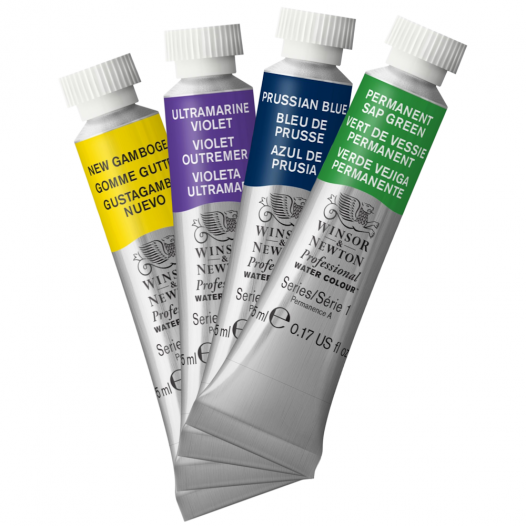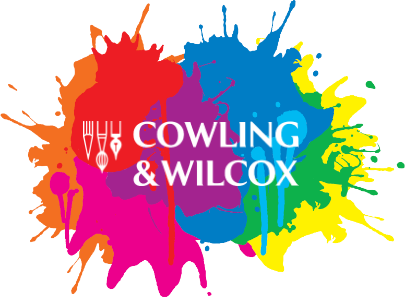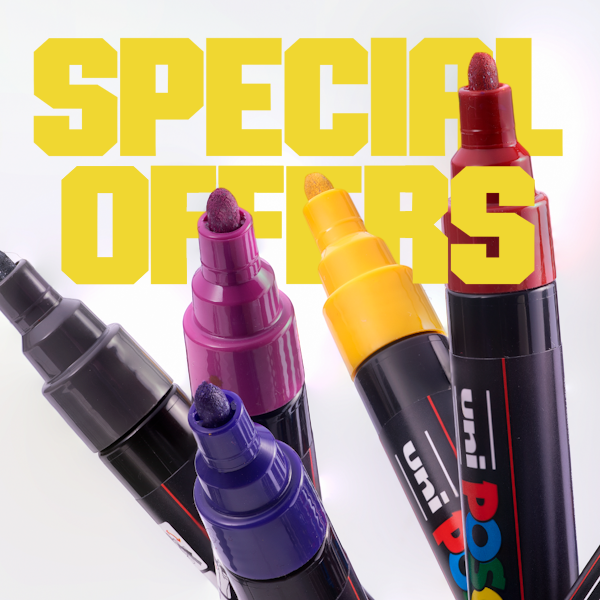- Sale!
- You save 35%










Was £8.45
- Size: 5ml
- Colours: 114
- sold individually
- Professional watercolour paint
- Rated AA or A for permanence
- Formulated using the finest pigments
- Unrivalled transparency & luminescence
- Range available in over 100 individual colours
More Information
Offering quality, permanence & strength to artists of all kinds, the Professional Watercolour range from Winsor & Newton includes 5ml Tubes, 14ml Tubes, individual Half Pans, a variety of sets & papers!
Available in over 100 individual colours, the Professional Watercolour range is formulated with high concentrations of the finest pigments and boasts a rating of AA or A for permanence. Featuring 79 shades of single pigments for clean mixing & tones, they're produced for optimal pigment dispersion, offering unrivalled transparency that ensures each wash remains vibrant for years to come.
For more information on the composition, characteristics & permanence of this range, click here or check out the Downloads tab below.
Data Sheet
- Popular filters - Watercolours






















